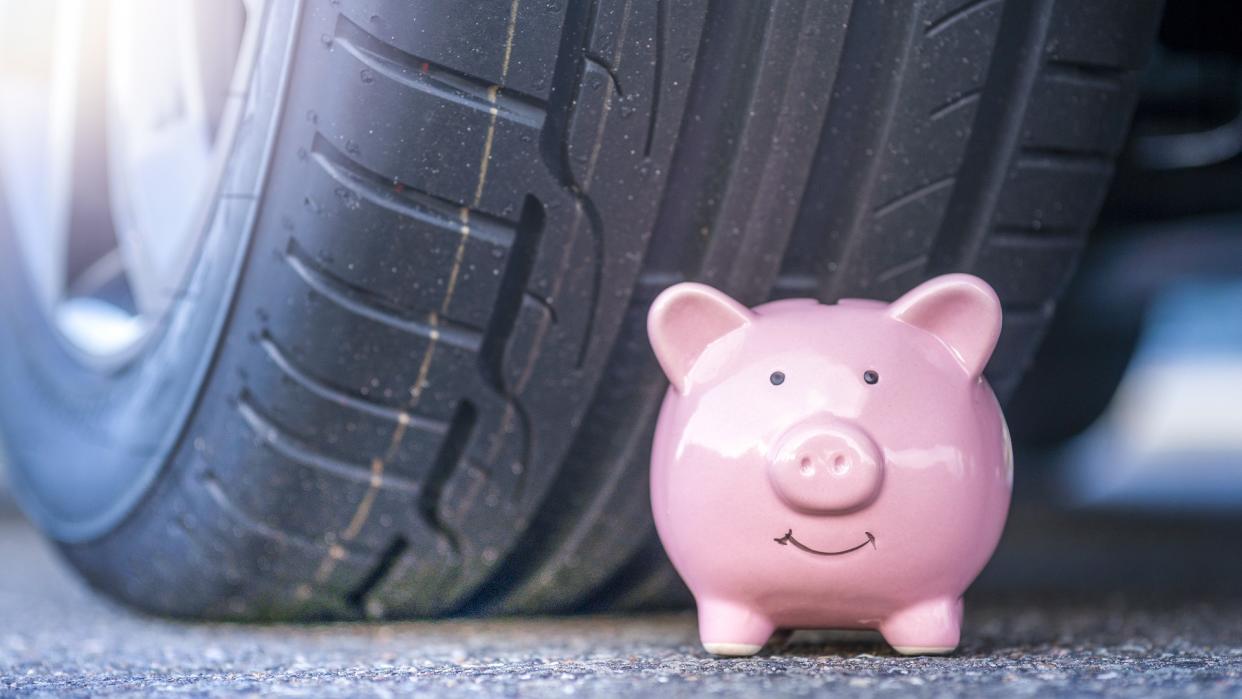I’m a Mechanic: 8 Worst Ways To Spend $100 on Your Car’s Maintenance

An automobile is a major purchase. It’s also often vital for work, family and fun, so keeping up on maintenance is not only important — it’s a smart financial move. Unfortunately, like anything else, it’s possible to become overzealous, resulting in wasting money that could be better spent in other areas.
Discover More: 6 Hybrid Vehicles To Stay Away From Buying
Read Next: 7 Reasons You Must Speak To a Financial Advisor Before Spending $10,000 or More
Whether you have a new or used car, here are eight common maintenance products and services that aren’t worth the cost.
Transmission Flushes
Replacing transmissions is expensive, so transmission flushes can sound like a smart investment. Not so much, said Jason Farrell, a certified master technician at Mechanic’s Diary, a comprehensive how-to site for auto repair and maintenance.
“Transmission flushes, costing around $150 to $200, can also dislodge debris, leading to issues,” he explained. “Stick to the recommended transmission fluid changes from your owner’s manual.”
Find Out: Mechanics: Don’t Buy These 6 SUVs That Cost the Most Money Over Time
Fuel System Cleaning Service
Since gunk and buildup are your engine’s enemies, cleaning it regularly might sound like a good preventative step. Nope, said Farrell.
“Fuel system cleanings, for $100 to $150, are redundant since most modern fuel already contains detergents. Use top-tier gasoline and follow factory maintenance schedules,” he suggested.
Octane Booster Additives
“If you have a car that requires high-octane fuel, buy high-octane fuel and avoid the additive,” advised Chris Pyle, a mechanic and auto expert with advice and help site JustAnswer. “Octane booster additives are way overpriced compared to just purchasing higher octane fuel. In most cases, the additives can only get you from 87 to 88 or 90 octane, costing $10 to $15 for the additive.”
Before you know it, you’re wasting hundreds of dollars a year on additives. And if your car does not demand higher octane fuel, he said skip it and the higher octane fuel. “It may do a little but nothing in comparison to the extra charge for the fuel,” Pyle said.
Quick-Fix Products
Engine oil stop leak, coolant leak stop, seal restorer, and head gasket fixes are intended to be for emergencies only, but many people use them as long-term fixes. “If you are broken down out of town, I am fine with these products, but once home you need to do the correct repair and flush out these products,” Pyle said.
The gains are short-lived and the long-term damage is major. “These products range from $10 to $50 but can potentially cause repairs needed in excess of $1,000,” he added.
Expensive Car Waxes
“Unless you have a high-end vehicle with a custom or superior paint job that you hand wash frequently, don’t bother with the $50 to $100 waxes,” said Pyle. “Car paint since about the year 2000 is generally good and while wax can help it shed water and shine, for most cars, high-quality waxes don’t offer much more protection than less expensive ones in the $10 to $30 range.”
Engine Flush
“Engine flushes are often recommended during an oil change and can cost between $100 and $200,” said Joe Giranda, an auto expert with car shipping and relocation specialists CFR Classic.
“The idea is to remove sludge and deposits from your engine. However, modern engines and high-quality oils don’t typically require this service unless there’s a specific problem,” he added. Instead, spend the money on regular oil changes and you should be fine.
Nitrogen-Filled Tires
“Some shops offer to fill your tires with nitrogen instead of air, often for $20 to $50 per tire,” said Giranda. Not necessary.
“While nitrogen does reduce the rate at which your tires lose pressure, the benefit is marginal for most drivers. For me, regularly checking your tire pressure and filling them with regular air is just as effective and much more economical.”
Premium Wiper Blades
Seeing the road is key to safe driving, so you might think expensive wiper blades are a solid maintenance investment. But, said Giranda, this is usually not true. He said that, most of the time, spending $50 or more on premium wiper blades is a waste of money.
“The difference in performance between premium and mid-range wiper blades is minimal, especially if you replace them regularly,” he explained. “You can get a good set of wiper blades for $20 to $30 and spend the rest on other maintenance tasks.”
More From GOBankingRates
6 Subtly Genius Moves All Wealthy People Make With Their Money
Shop Online? Here's How to Get 3% Cash Back For Things You Already Buy
I'm a Financial Planner: 4 Things That Could Happen If Trump Eliminates Social Security Tax
This article originally appeared on GOBankingRates.com: I’m a Mechanic: 8 Worst Ways To Spend $100 on Your Car’s Maintenance
